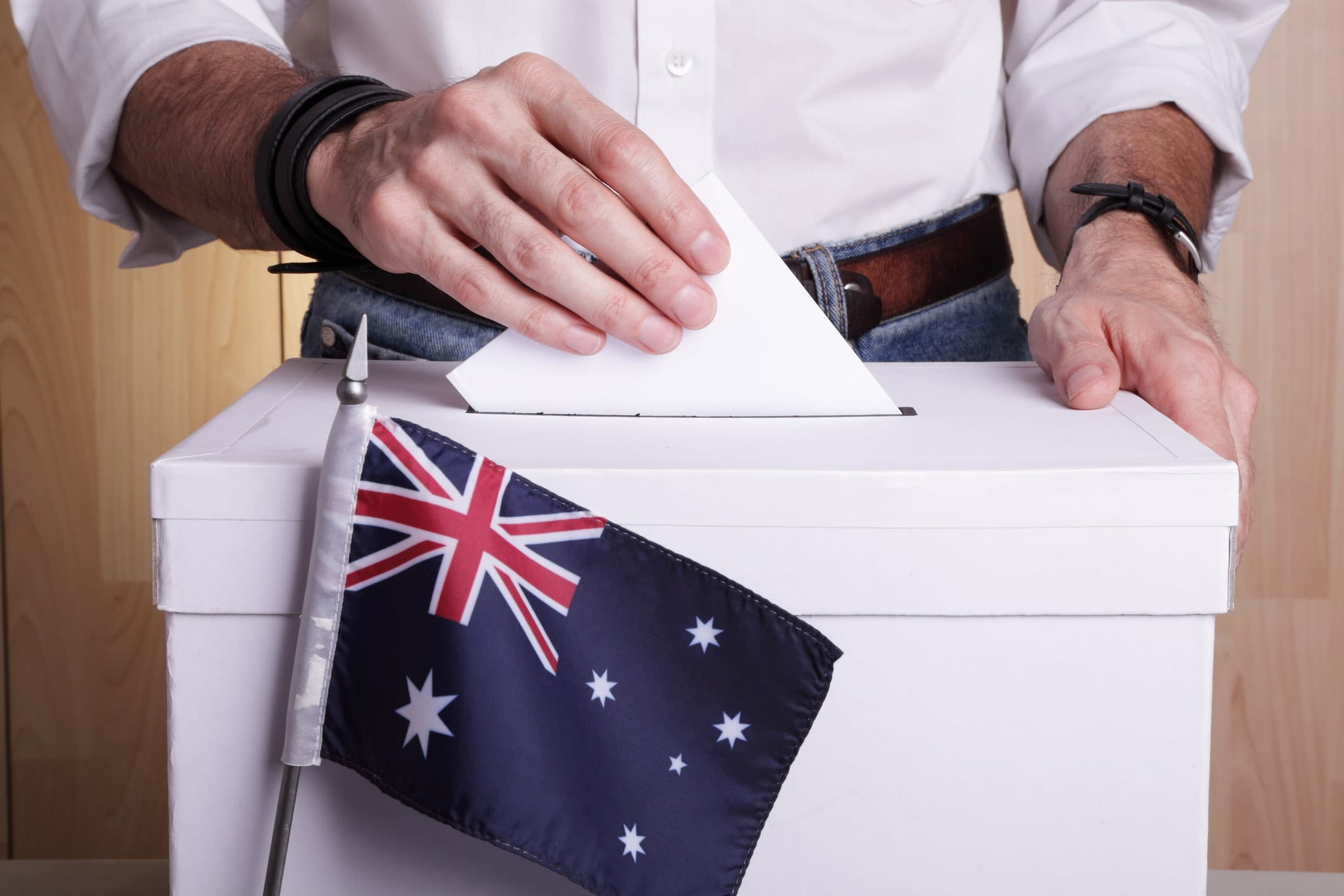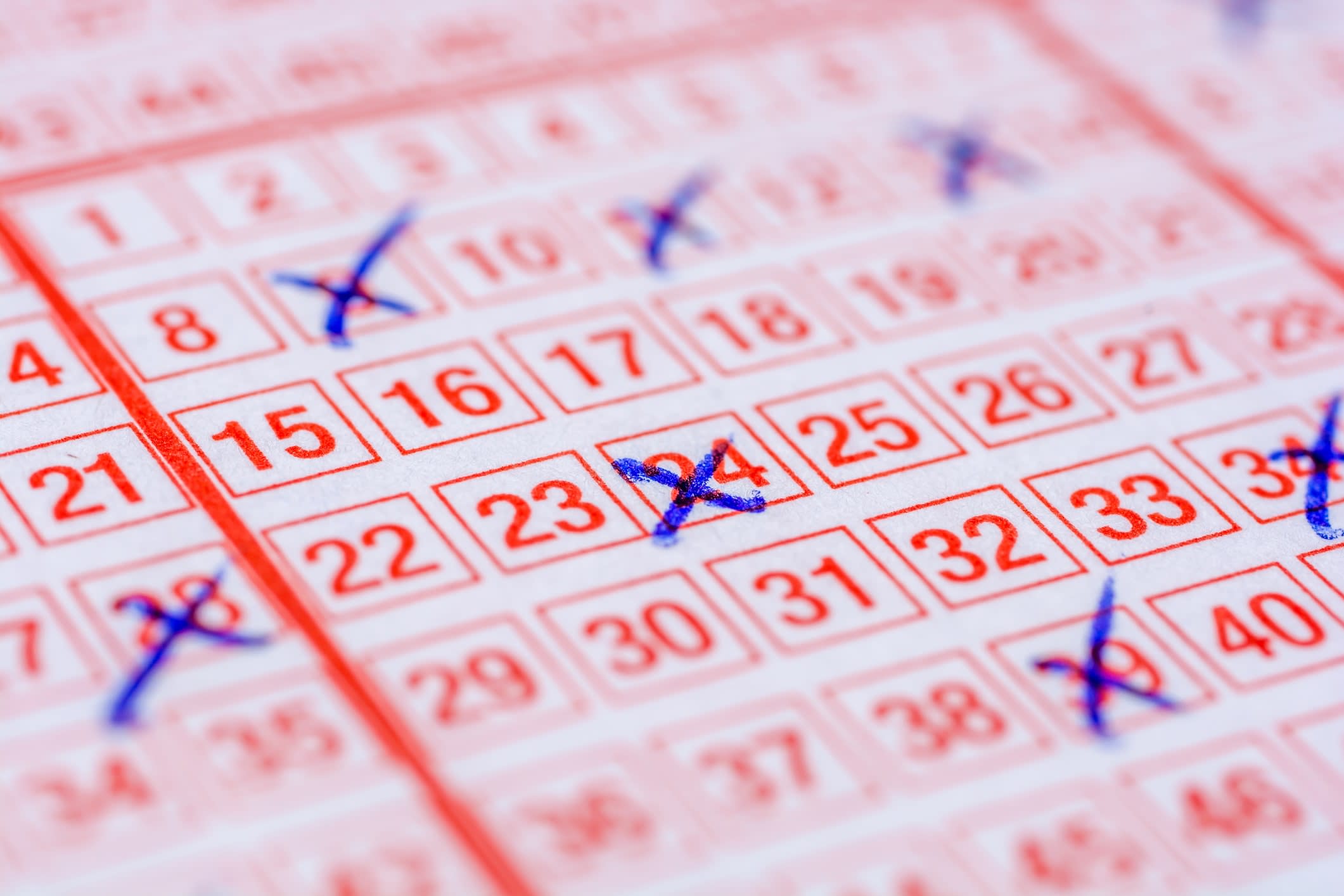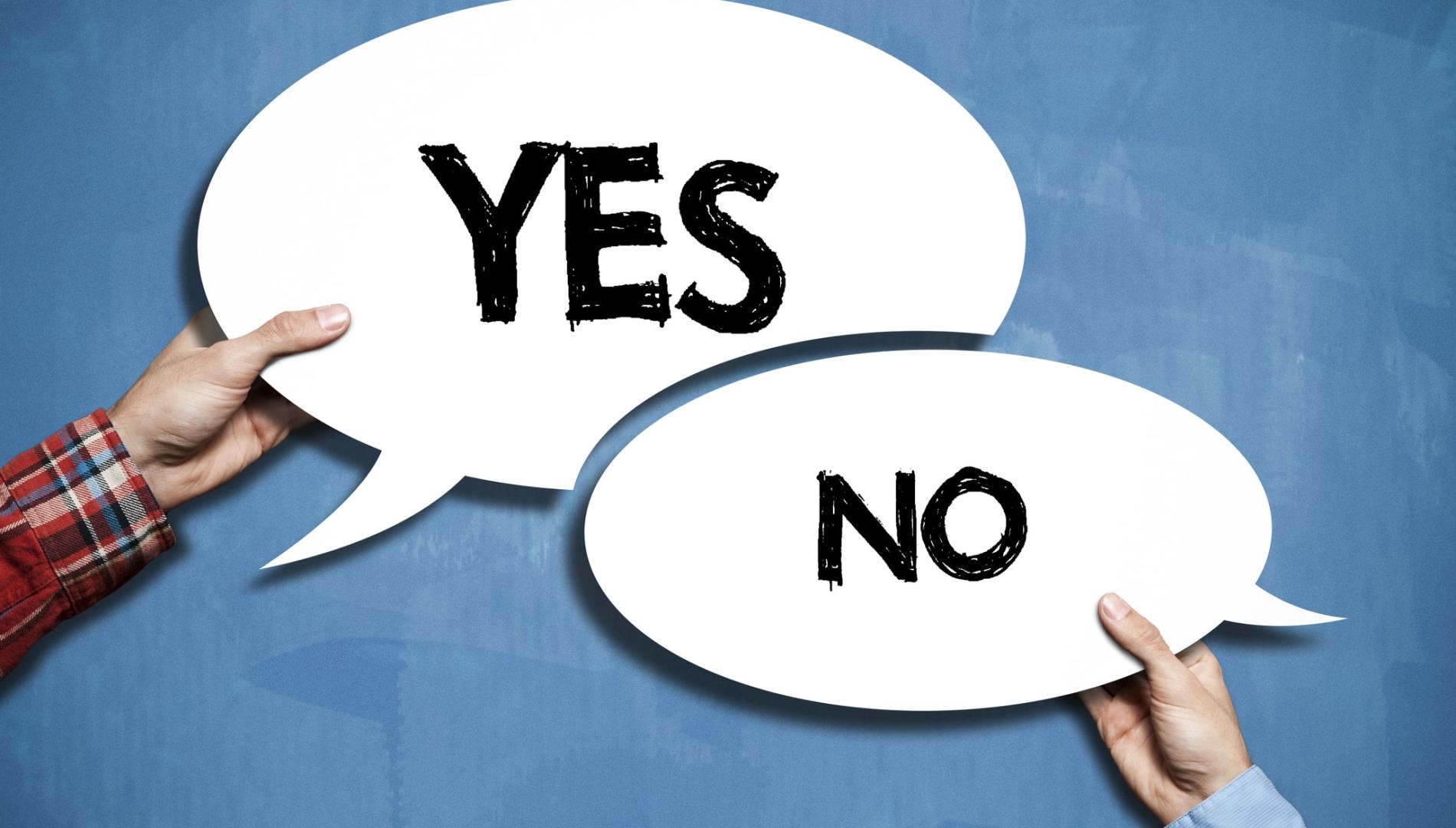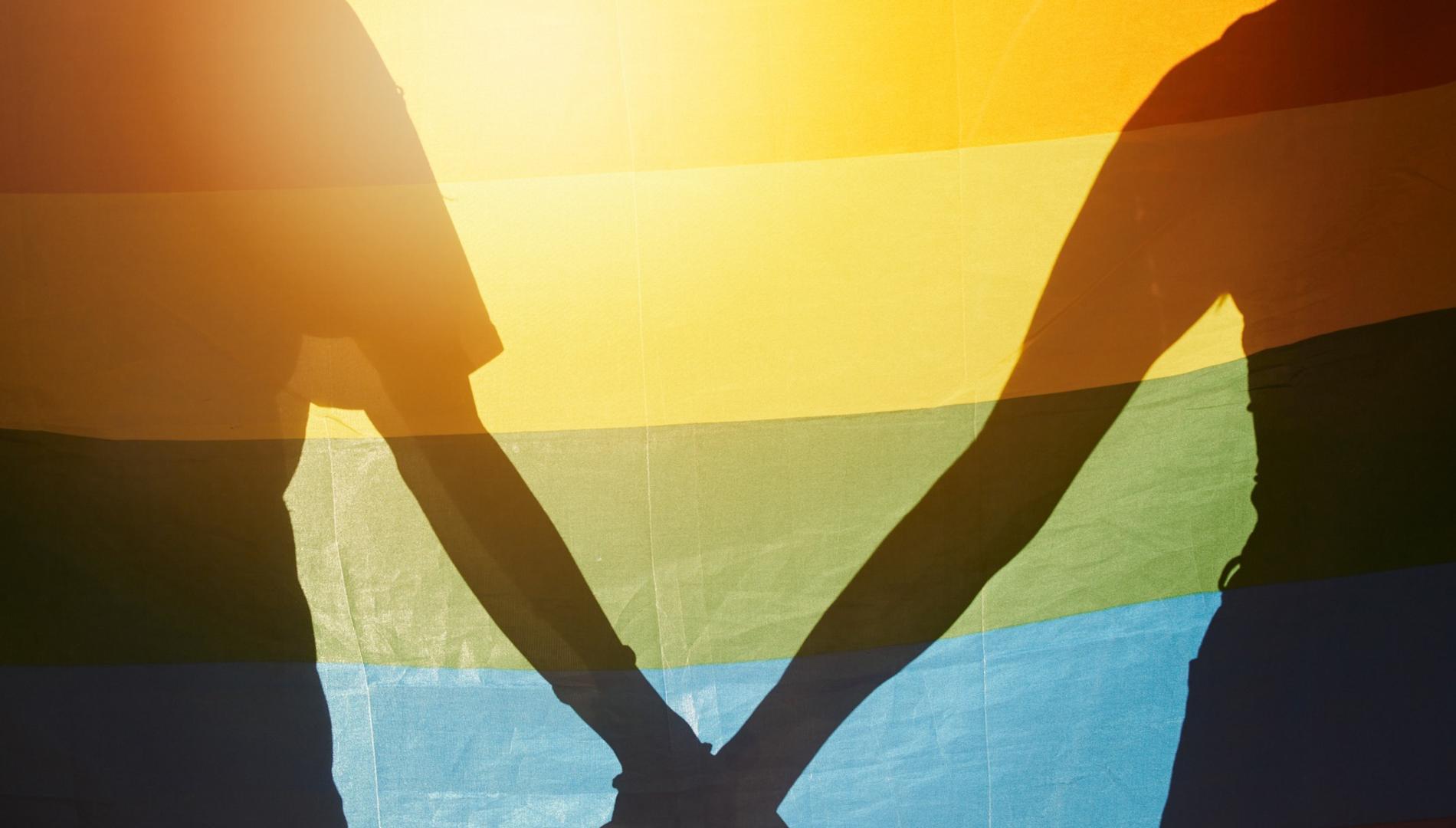It’s a date: Now the referendum’s set, we need to focus on the facts
14 OCTOBER, 2023: This is a date that will forever be part of Australia’s history.
It’s the day Australia will decide whether or not to amend our Constitution to recognise Aboriginal and Torres Strait Islander peoples as the First Peoples of Australia, and to establish the Voice as the body through which Aboriginal and Torres Strait Islander peoples may make representations to the Parliament and the Executive.
Now that we have the date for the referendum, we can expect the “Yes” and “No” campaigns to ramp up their efforts to sway undecided voters. Through all the noise, it’s going to be important to stay focused on the facts – what are we being asked to vote on, and how will the outcome be determined.
In 1901, the drafters of the Australian Constitution put the power in the people to decide when and how this rulebook for Australian democracy can be amended.
In section 128, they mandated that the only way the Constitution can be amended is if a majority of electors across the country approve the change, and if a majority of states approve the change.
In 2023, this requirement for a “double majority” means that for the Voice referendum to be successful, 8,782, 864 Australians must vote “Yes” (half of the national electoral roll of 17,565,728), and four of the six states must also have majorities. The ACT and NT populations are counted in the national vote, but aren’t included in the second arm of the test.
Who is voting?
Unlike the 2017 postal survey on whether same-sex couples should be allowed to marry, voting on 14 October is compulsory for all Australians over 18 years old.
Australia doesn’t hold many referendums; our last one was in 1999. This means that unless you’re 42 years old you’ll never have previously voted in a referendum before, and for 6.4 million voters, this will be their first.
Crunching numbers
The population breakdown across the six states looks like this:

The “Yes” campaign is strategically analysing these numbers to work out where and how they can secure four majority states, and the “No” campaign is also dissecting these numbers to assess which three states could be “No” states.
Looking at the history of referendums in Australia, we see that although only eight referendums have been successful (out of 44), 13 secured more than 50% of the national vote, but that vote wasn’t spread across four states.
In the five instances where the second arm of the test wasn’t satisfied, Victoria had a majority in all five of those referendums, NSW had a majority in four of them, and South Australia, Queensland and Western Australia each had a majority in one of them.
This history provides a salutary reminder that states with smaller populations (particularly Tasmania) cannot afford to be ignored by Voice campaigners.
What are we being asked to vote on?
Just like in the 2017 marriage equality campaign, there are outrageous claims being made about the consequences that will flow from a “Yes” vote.
Opponents of marriage equality adopted an unsuccessful scare campaign, telling parents that allowing same-sex couples to marry would lead to their children being exposed to graphic education about gay sex in school.
We’re seeing similarly outrageous lies being made by opponents of the Voice, including that it will mean Australians have to pay higher taxes, financial compensation, and other bizarre lies.
This fear-mongering should be seen for what it is – falsehoods and fabrications intended to confuse and deceive undecided voters.
Read more: Voice to Parliament: Debunking 10 myths and misconceptions
Given all these false and misleading claims, it’s important that everyone voting in the referendum has a clear understanding about precisely what it is they’re being asked to decide.
We have to consider a simple amendment to the Australian Constitution; the insertion of a new section (s 129) providing that:
In recognition of Aboriginal and Torres Strait Islander peoples as the First Peoples of Australia:
1. There shall be a body, to be called the Aboriginal and Torres Strait Islander Voice;
2. The Aboriginal and Torres Strait Islander Voice may make representations to the Parliament and the Executive Government of the Commonwealth on matters relating to Aboriginal and Torres Strait Islander peoples;
3. The Parliament shall, subject to this Constitution, have power to make laws with respect to matters relating to the Aboriginal and Torres Strait Islander Voice, including its composition, functions, powers and procedures.
There are just three aspects to the proposal – recognising that Aboriginal and Torres Strait Islander peoples are the First Peoples of Australia; establishing a body through which Aboriginal and Torres Strait Islander peoples can make representations to Parliament and the Executive; and giving Parliament the ultimate authority to determine how the Voice will function.

The question
The actual question that the Australian people will be asked to vote on is:
A Proposed Law: To alter the Constitution to recognise the First Peoples of Australia by establishing an Aboriginal and Torres Strait Islander Voice.
Do you approve this proposed alteration?
Brush up on your penmanship
In a regular election – federal, state or local – we decide which candidates we want and number our preferences accordingly. Referendums are different. To indicate our preference, we must write the word “Yes” or “No”.
The Australian Electoral Commission has indicated it will accept that a tick shows an intention to vote “Yes”, but will not accept that a “x” demonstrates an intention to vote “no”. The reason for this is simple.
“The issue with a cross is that on many forms people in Australia use in daily life, and in some other languages, a cross represents a ‘check mark’ indicating yes – it is therefore open to interpretation as to whether the cross denotes approval or disapproval. A clear ‘tick’ can be interpreted as denoting approval for the proposal.”
You only have to look at how people complete a lotto entry to appreciate that this makes perfect sense; people write “x” to indicate the numbers they want.

On 14 October, 2023, it’s our civic responsibility to make an informed decision about the referendum question.
There’s just over six weeks to seek out information about the proposed constitutional change, and there are many reliable resources you can turn to for this information, including voice.gov.au and the Castan Centre for Human Rights Law.






